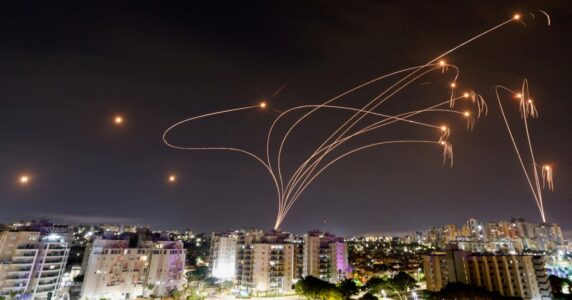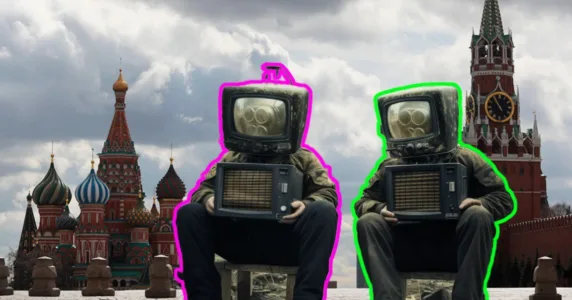Navigation and useful materials
After Russia launched its full-scale invasion of Ukraine, European and Western countries imposed a range of sanctions against Russian oligarchs close to Putin. Russia’s Central Bank and the president’s minions paid for their support of the Kremlin’s regime with seized assets and billions of dollars in frozen assets.
Let’s see what’s happening to the frozen assets of Russia, Russian politicians, oligarchs, and propagandists abroad. What can the seized money pay for and will Ukraine be officially for at least a part of it to recover its economy after the war?
Who is freezing Russian assets and why?
According to the Ministry of Economy of Ukraine, losses inflicted by Russian aggression may reach $1 trillion. However, this is by far not the final figure. It is impossible to know for sure how big the national, local, and private damages will be, especially with the enemy attacking every day.
Since Russia invaded Ukraine, hundreds of millions of dollars belonging to Russia’s Central Bank and Russian oligarchs have been frozen worldwide. This money is tracked and frozen by the REPO, which was created by the G7, Australia, and the European Union.
What’s important to keep in mind here is that so far, only those companies have been affected where Russia is listed as a founder, or beneficiary, or direct or indirect shareholder in the authorized capital. Although the US has stated that it will continue tracking the assets of Russia and its citizens under sanctions.
It’s also important to remember that sequestration implies freezing one’s assets and not confiscating them. It’s a ban on using one’s assets, maybe even a temporary one. So right now, it’s only for the time being that Russian oligarchs don’t have access to their villas or yachts, and the Central Bank, to a large part of its reserves.
At the same time, G7 country leaders have taken Ukraine’s side, emphasizing the need for immediate recovery of its critical infrastructure. They are considering the possibility of financing this recovery with Russian assets frozen abroad as part of the sanctions.
Although confiscating Russian assets would be a fair solution, there’s hardly been any precedent in the world of doing anything like it. That is why it’s important to understand that any decision ordering an expropriation that is taken by a state (not only Ukraine but also its international partners) can be taken to court. This includes international courts. After all, the Human Rights Convention protects the rights of Russians too.
What should be done
Ukraine already has a law called “On the Basic Principles of Forced Seizure in Ukraine of Objects of Property Rights of the Russian Federation and Its Residents.” It provides for the nationalization of property and financial assets of Russian legal entities in Ukraine. It includes all those who publicly deny or support Russia’s armed aggression against Ukraine.
The decision ordering the seizure will be made by the National Security and Defense Council of Ukraine at the request of the government. The government, in turn, will draw up a list of objects subject to forced seizure.
At the same time with Ukraine, the US, Canada, the United Kingdom, and other European countries have introduced similar bills. However, confiscation of assets with further transfer to the affected country is not provisioned by international law and thus can be viewed as a violation of the right to property.
That is why Ukraine’s international partners will need to create a procedure that will allow the confiscation of Russians’ assets without violating any international conventions. It is no less important that the adopted sanctions law ensure independent judicial supervision, which may include the possibility of a judicial appeal against such decisions, among other things.
For its part, Ukraine’s Ministry of Justice should create a mechanism for the transfer of confiscated assets to Ukraine. In this case, Ukrainian banks can act as mediators, as long as a legal mechanism is developed for them too.
After that, a fund should be set up in Ukraine to receive the money transferred from international partners. The fund should ensure the transparent and clearly defined distribution of incoming money. The fund’s mission may reflect the society’s interests in the reconstruction of Ukrainians’ homes or the restoration of critical infrastructure.
The distribution of money should be supervised by a designated commission. It will study the claims of the victims and pay compensation from the fund.
Instead of a conclusion
We see that confiscating Russian funds has problems and shortcomings, both in international and Ukrainian law. The crucial task here is to prevent such issues as not only returning the objects themselves but also reimbursing Russia for lost profits.
Both Ukrainian law and the legislations of its Western partners should be revised. International law should explicitly acknowledge that Ukraine will not violate either the Constitution or international conventions. All the loopholes that may indulge corruption must be dealt with as soon as possible. This includes the creation of an appropriate fund or distribution commission.
We also need to understand that under the new law, there is no quick mechanism for the transfer of any seized Russian assets yet. Ukraine and its Western partners have long and painstaking work ahead of them to develop perfect mechanisms for the confiscation of seized Russian assets.
If you have found a spelling error, please, notify us by selecting that text and pressing Ctrl+Enter.



